An example of what I am talking about is the choice between risk ratio and odds ratio Odds ratio vs risk ratio You know the difference between risk and odds A risk is the proportion of subjects with an event in a total group of susceptible subjects Thus, we can calculate the risk of having a heart attack among smokers (infarcted smokersEnglishwise, they are correct it is the odds and the odds are based on a ratio calculation It is not, however, the odds ratio that is talked about when results are reported The odds ratio when results are reported refers to the ratio of two odds or, if you prefer, the ratio of two odds ratios That is, let us write o(Xb) = exp(Xb)And for females, the odds of being in the honors class are (32/109)/(77/109) = 32/77 = 42 The ratio of the odds for female to the odds for male is (32/77)/(17/74) = (32*74)/(77*17) = 1809
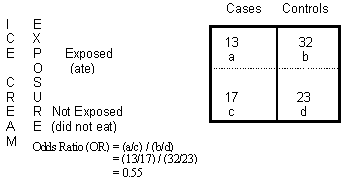
Odds Ratio Calculation And Interpretation Statistics How To
Odds versus odds ratio
Odds versus odds ratio- The odds ratio is reported as 1 with a confidence interval of (144, 234) Like we did with relative risk, we could look at the lower boundary and make a statement such as "the odds of MI are at least 44% higher for subjects taking placebo than for subjects taking aspirin" Or we might say "the estimated odds of MI were % higher for"Odds" and "Risk" are the most common terms which are used as measures of association between variables In this article, which is the fourth in the series of common pitfalls in statistical analysis, we explain the meaning of risk and odds and the difference between the two




How To Calculate Odds 11 Steps With Pictures Wikihow
An Odds Ratio (OR) then is simply the comparison of two odds, OR=Odds (A)/Odds (B) The Relative Risk (RR) is simply the comparison of two risks or probabilities, RR=Probability (A)/Probability (B) This is made more clear when the term is referred to as the Risk Ratio Let's look at this graphically $\begingroup$ yes, the log odds ratio is the logarithm of the odds ratio, wich is $\beta_1$ If you take the exponential of the logarithm of the odds ratio, then you end up with the odds ratio The log odds is not $\beta_1$, but $\beta_0 \beta_1 x_1 \cdots \beta_k x marginal effects vs odds ratios , 1854 Hello, I am currently trying to understand the pros and cons of using odds ratios vs marginal effects for the interpretation of a multinomial logit If anyone could enlighten me, or point me to a resource that could help with this decision, it would be greatly appreciated
Odds Ratio The OR is a way to present the strength of association between risk factors/exposures and outcomes If the OR is 1 means the odds are increased for a given outcome Let's Odds can be expressed as a ratio of the probability an event will happen divided by the probability an event won't happen Odds in favor of A = A / (1 A), usually simplified to lowest terms, For instance, if the probability of an event occurring is 075, then the odds for it happening are 075/025 = 3/1 = 3 to 1 for, while the probability that it doesn't occur is 1 to 3 againstOdds Ratio (OR) measures the association between an outcome and a treatment/exposure Or in other words, a comparison of an outcome given two different groups (exposure vs absence of exposure) OR is a comparison of two odds the odds of an outcome occurring given a treatment compared to the odds of the outcome occurring without the treatment
Odds ratios work the same An odds ratio of 108 will give you an 8% increase in the odds at any value of X Likewise, the difference in the probability (or the odds) depends on the value of X So if you do decide to report the increase in probability at different values of X, you'll have to do it at low, medium, and high values of XThe chance of something happening; The odds ratio is calculated as Odds ratio = (A*D) / (B*C) Odds ratio = (61*48) / (39*52) Odds ratio = 144;




Table 3 Frequency Odds Ratio Or And Confidence Interval Ci Regarding Patient Responses To Reasons You Want To Cut Back On Alcohol Consumption N 1 2 Emergency Department Ed Non Trauma Versus Trauma The




bestpictnjne 人気ダウンロード Odds Ratio Vs Relative Risk When To Use Should I Use Odds Ratio Or Relative Risk
Smoking The adjusted odds ratio for smoking is calculated as e485 = 1624 This means the odds of having a baby with low birthweight are increased by 624% if the mother smokes (compared to not smoking), assuming the variable age is held constant For example, suppose mother A and mother B are both 30 years old This brings us to today's topic Odds Ratio (OR) vs Relative Risk (RR) Odds vs Probability why we love them and why these two cousin statistics continue to confuse us Anyone with a math, science, or medical background has been taught this, and ifThe odds ratio is the "measure of association" for a casecontrol study It quantifies the relationship between an exposure (such as eating a food or attending an event) and a disease in a casecontrol study The odds ratio is calculated using the number of case patients who did or did not have exposure to a factor (such as a
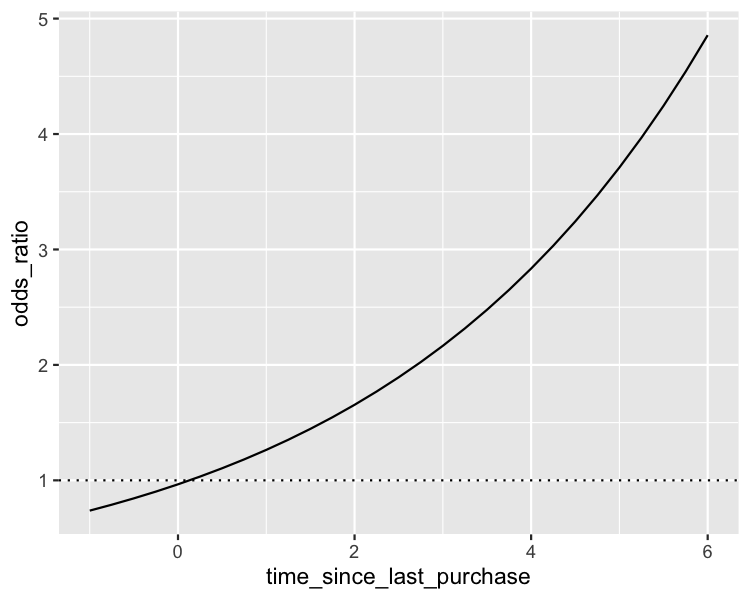



Predictions And Odds Ratios R




Chapter 6 Choosing Effect Measures And Computing Estimates Of Effect Cochrane Training
The difference between cats and dogs is 3 percentage points or 3 49 ≈ 612 % increase in probability for dogs over cats Meanwhile the odds ratio is 052 1 − 052 049 1 − 049 ≈ 1128 However I am finding a lot of social science literature intpreting O R − 1 as equivalent to increase in probability Example In mathematics, the term odds can be defined as the ratio of number of favourable events to the number of unfavourable events While odds for an event indicates the probability that the event will occur, whereas odds against will reflect the likelihood of nonoccurrence of the event The odds ratio (OR) is a measure of how strongly an event is associated with exposure The odds ratio is a ratio of two sets of odds the odds of the event occurring in an exposed group versus the odds of the event occurring in a nonexposed group




Figure 2 Ui Data Interval Plot Of Odds Ratios Between Drugs And Placebo For Each Outcome Case Study Comparing Bayesian And Frequentist Approaches For Multiple Treatment Comparisons Ncbi Bookshelf




A Beginner S Guide To Interpreting Odds Ratios Confidence Intervals And P Values Students 4 Best Evidence
We would interpret this to mean that the odds that a player passes the test by using the new program are 144 times the odds that a player passes the test by using the old program In other words, the odds that a player passes the test are increased by using the new A highly simplified example illustrates this Suppose that 18 out of patients (90 percent probability, odds of 91) in an experiment lost weight while using diet A, while 16 out of (80 percent, odds of 41) lost weight using diet B The relative risk of losing weight by choosing diet A over diet B is 1125, while the odds ratio is about 225We can manually calculate these odds from the table for males, the odds of being in the honors class are (17/91)/(74/91) = 17/74 = 23;




How To Calculate Odds 11 Steps With Pictures Wikihow




Odds Ratios And Risk Ratios Youtube
Odds Ratios and Log(Odds Ratios) are like RSquared they describe a relationship between two things And just like RSquared, you need to determine if this Odds = Probability of an Event Odds are most simply calculated as the number of events divided by the number of nonevents Odds Is Related to Probability The formal way to describe the odds is as the probability of the event divided by the probability of the nonevent So odds are the ratio of two fractions the number of events divided by the number of subjects (Fractional odds are the ratio of the amount (profit) won to the stake;




9 2 Binary Logistic Regression R For Health Data Science




Adjusted Odds Ratio Definition Examples Statology
Decimal odds represent the amount one wins for every $1 wagered The odds ratio is the ratio of the odds of an event in the Treatment group to the odds of an event in the control group The term 'Odds' is commonplace, but not always clear, and often used inappropriately The odds of an event is the number of events / the number of nonevents Odds ratios While risk reports the number of events of interest in relation to the total number of trials, odds report the number of events of interest in relation to the number of events not of interest Stated differently, it reports the number of events to nonevents




Odds Ratio Calculator Calculate Odds Ratio Confidence Intervals P Values For Odds Ratios
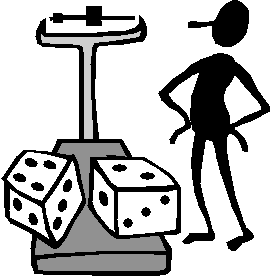



The Difference Between Probability And Odds
When the Odds ratio is above 1 and below 2, the likelihood of having the event is represented as XX % higher odds (where XX % is Odds ratio 1) That means that if odds ratio is 124, the likelihood of having the outcome is 24% higher (124 – 1 = 024 ie 24%) than the comparison groupIf odds ratio is 25, then there is a 25 times higher likelihood of having the outcome compared to the comparison group Here the odds ratio would be 080 The odds ratio also shows the strength ofAn odds ratio greater than 1 indicates that the condition or event is more likely to occur in the first group And an odds ratio less than 1 indicates that the condition or event is less likely to occur in the first group The odds ratio must be nonnegative if it is defined It is undefined if p 2 q 1 equals zero, ie, if p 2 equals zero or q 1 equals zero
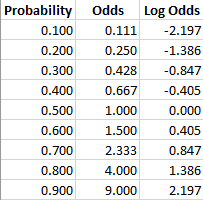



Log Odds Definition And Worked Statistics Problems
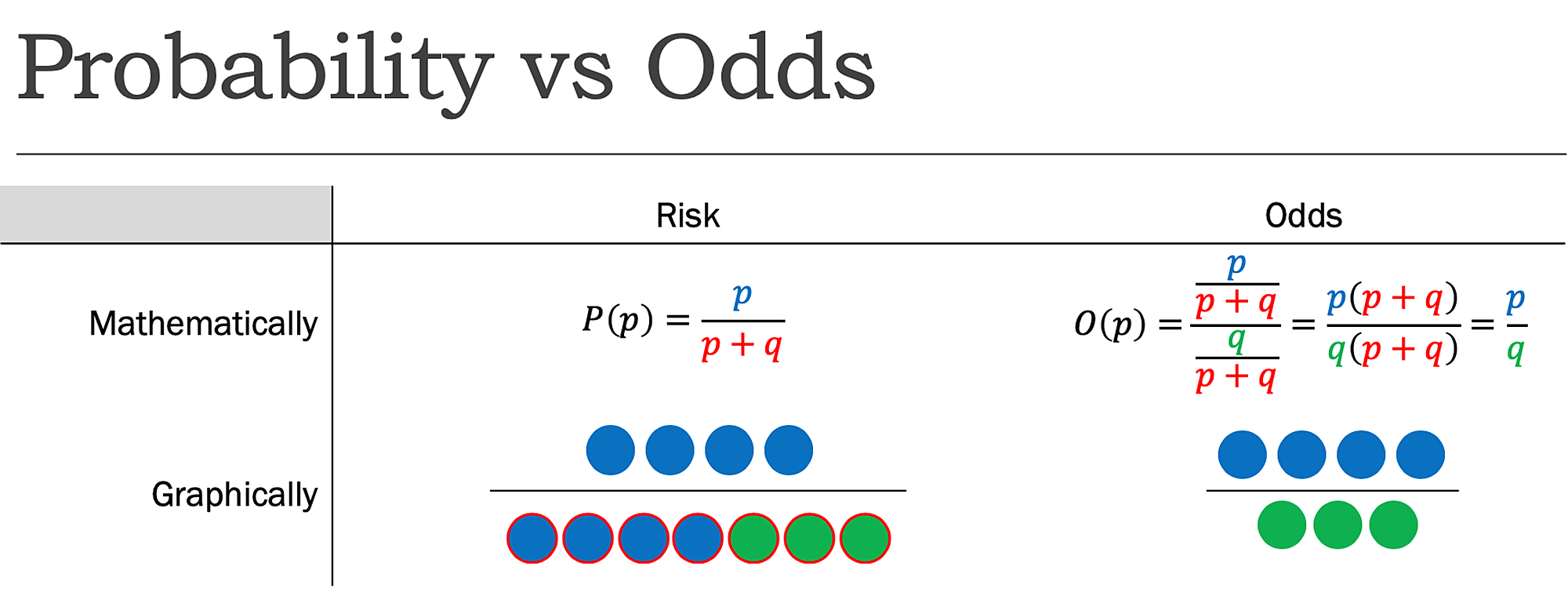



Cureus What S The Risk Differentiating Risk Ratios Odds Ratios And Hazard Ratios
What does an odds ratio of 25 mean?Sometimes, we see the log odds ratio instead of the odds ratio The log OR comparing women to men is log(144) = 036 The log OR comparing men to women is log(069) = 036 log OR > 0 increased risk log OR = 0 no difference in risk log OR < 0 decreased risk Odds Ratio 0 5 10 15 More on the Odds Ratio Log Odds Ratio4 2 0 2 4 Odds ratio An odds ratio (OR) is another measure of association that quantifies the relationship between an exposure with two categories and health outcome Referring to the four cells in Table 315, the odds ratio is calculated as
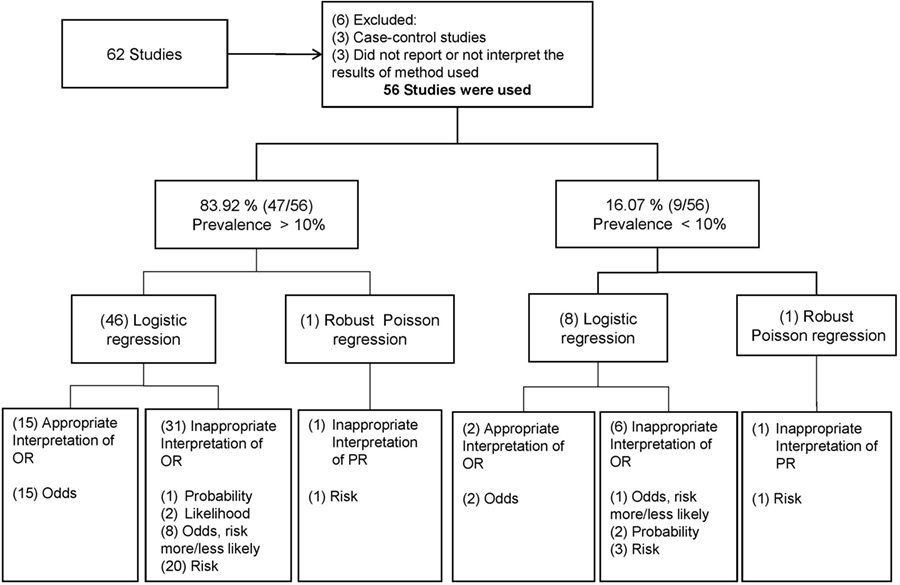



Frontiers Odds Ratio Or Prevalence Ratio An Overview Of Reported Statistical Methods And Appropriateness Of Interpretations In Cross Sectional Studies With Dichotomous Outcomes In Veterinary Medicine Veterinary Science




Ppt The Odds Ratio Relative Odds Powerpoint Presentation Free Download Id 6056
Odds ratio or Crude Odds ratio are obtained when you are considering the effect of only one predictor variable ie your equation consists of only one independent variableA comparison of odds, the odds ratio, might then make sense OR= ˇ 1 1 ˇ 1 ˇ 2 1 ˇ 2 Odds ratio for the Titanic example is OR= 376 037 = 1016 This is very different from the relative risk calculated on the same data and may come as a surprise to some readers who are accustomed of thinking of odds ratio as of relative risk (Greenland, 1987)Odds ratio and relative risk
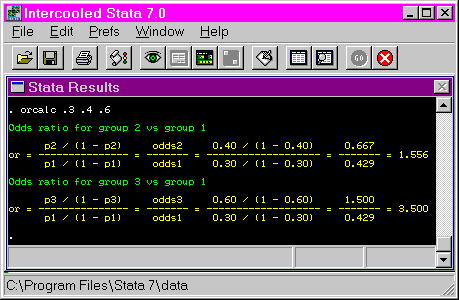



Stata Teaching Tools Odds Ratio Calculation



Risk
Odds Ratio (OR) is a measure of association between exposure and an outcome The OR represents the odds that an outcome will occur given a particular exposure, compared to the odds of the outcome occurring in the absence of that exposure In rare outcomes OR = RR (RR = Relative Risk) This applies when the incidence of the disease is < 10%Ratio Pot Odds / Ratio It is not just number from percentage but it is upside down pot size amount you have to call pot was $80 and they bet $ $100 pot and call $ = 5 1 You are risking $1 to win $5 Now the pot is $1 Hand Odds (cards left outs)/outs If you have 8 outs on the turn then (468)/8 = 475 1 or (1 fractionThe odds ratio is simply the ratio between the following two ratios The ratio between standard treatment and the new drug for those who died, and the ratio between standard treatment and the new drug for those who survived From the data in the table 1, it is calculated as follows OR = (a/b)/ (c/d) = (152/17)/




1 Relative Risks Odds Ratios Or Hazard Ratios Of Risk Factors For Download Table
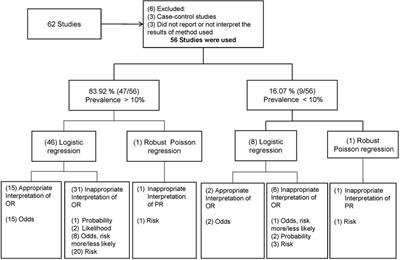



Frontiers Odds Ratio Or Prevalence Ratio An Overview Of Reported Statistical Methods And Appropriateness Of Interpretations In Cross Sectional Studies With Dichotomous Outcomes In Veterinary Medicine Veterinary Science
When the disease is rare, the odds ratio will be a very good approximation of the relative risk The more common the disease, the larger is the gap between odds ratio and relative risk In our example above, p wine and p no_wine were 0009 and 0012 respectively, so the odds ratio was a good approximation of the relative risk OR = 0752 and RROdds is a synonym of likelihood As nouns the difference between odds and likelihood is that odds is the ratio of the probabilities of an event happening to that of it not happening while likelihood is the probability of a specified outcome;Odds the ratio of the probability that an event will occur versus the probability that the event will not occur, or probability / (1probability) For example, if you are normally on call 2 out of 7 days in a week, then the odds of you being on call on a certain day of the week is (2/7)/(5/7) = 040




Odds Ratio Calculation And Interpretation Statistics How To




A Most Odd Ratio American Journal Of Preventive Medicine
An odds ratio is a relative measure of effect, which allows the comparison of the intervention group of a study relative to the comparison or placebo group So when researchers calculate an odds ratio they do it like this The numerator is the odds in the intervention arm The denominator is the odds in the control or placebo arm = Odds Ratio (OR)RELATIVE RISK AND ODDS RATIO The relative risk (also known as risk ratio RR) is the ratio of risk of an event in one group (eg, exposed group) versus the risk of the event in the other group (eg, nonexposed group) The odds ratio (OR) is the ratio of odds of an event in one group versus the odds of the event in the other groupOdds Ratio and Logistic Regression Dr Thomas Smotzer 2 Odds • If the probability of an event occurring is p then the probability against its occurrence is 1p • The odds in favor of the event are p/(1 p) 1 • At a race track 4 1 odds on a horse means the probability of the horse losing is 4/5 and the probability of the horse




The Odds Ratio Calculation Usage And Interpretation Biochemia Medica
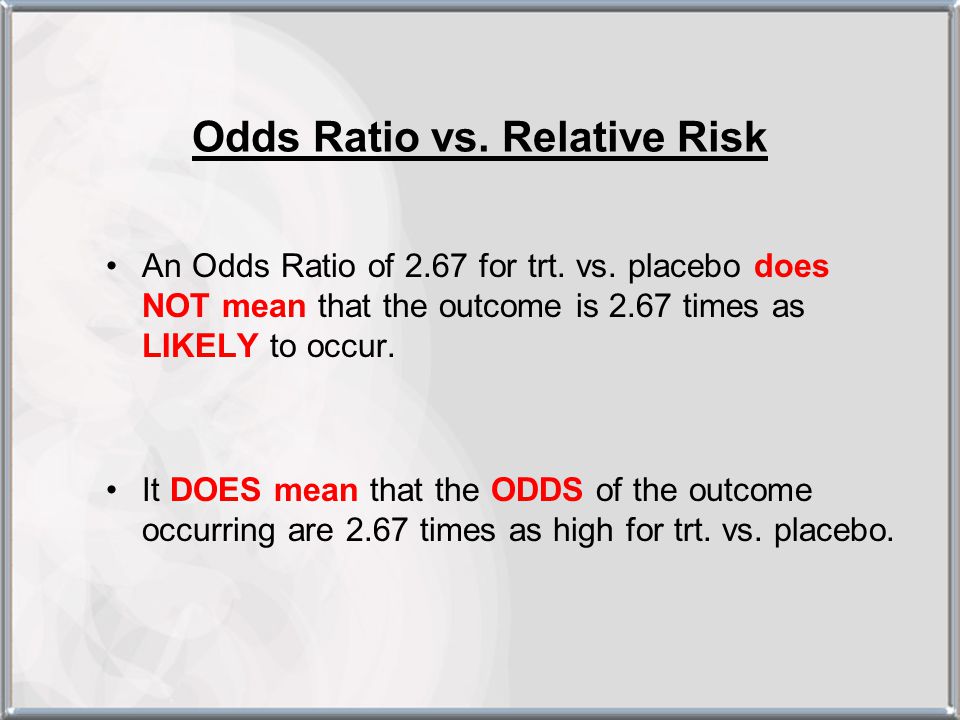



Hsrp 734 Advanced Statistical Methods June 5 Ppt Video Online Download
Odds ratios (OR) are commonly reported in the medical literature as the measure of association between exposure and outcome However, it is relative risk that people more intuitively understand as a measure of association Relative risk can be directly determined in a cohort study by calculating a risk ratio (RR)
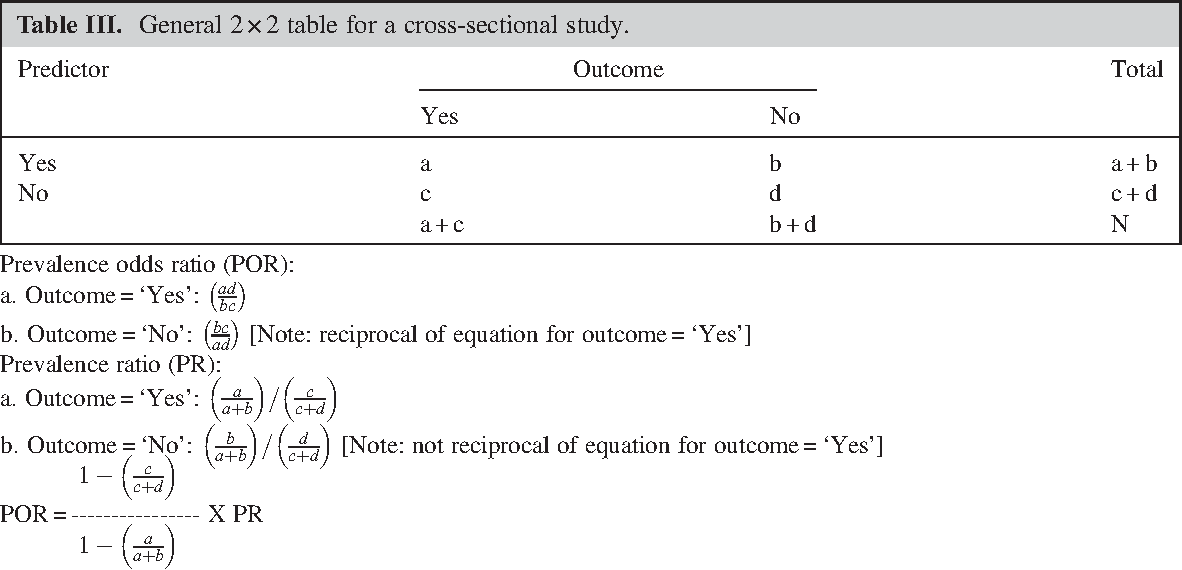



Pdf Prevalence Odds Ratio Versus Prevalence Ratio Choice Comes With Consequences Semantic Scholar




Definition And Calculation Of Odds Ratio Relative Risk Stomp On Step1



Graph Of Odds Ratio Versus Sle Image Eurekalert Science News Releases
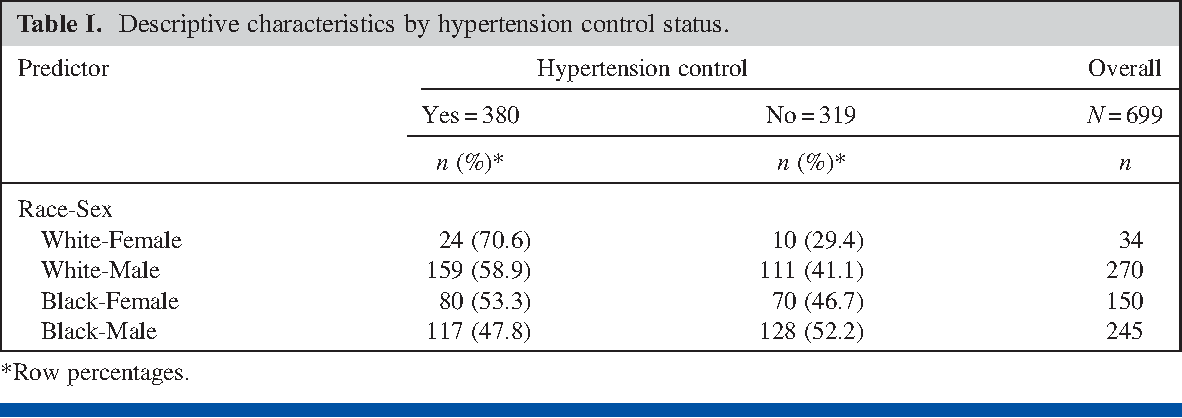



Pdf Prevalence Odds Ratio Versus Prevalence Ratio Choice Comes With Consequences Semantic Scholar




Odds Ratio Wikipedia




Using Odds Ratio In Case Control Studies Youtube




How To Calculate Odds 11 Steps With Pictures Wikihow




Hazard Ratio Vs Odds Ratio ただの悪魔の画像




9 2 Binary Logistic Regression R For Health Data Science




Odds Ratios Vs Risk Ratios Stats By Slough




Figure 7 Random Effects Model Meta Analysis Of Relative Odds Ratio Of Icd Vs No Icd For Arrhythmic Death Between Younger And Older Subgroups Assessment On Implantable Defibrillators And The Evidence For




Risk Ratio Versus Odds Ratio Dr Journal Club



Definition And Calculation Of Odds Ratio Relative Risk Stomp On Step1




What Is An Odds Ratio And How Do I Interpret It Critical Appraisal




Risk Ratio Vs Odds Ratio




Neto على تويتر 16 Results Are Usually Presented As An Odds Ratio Or Odds Ratio Measures The Likelihood That The Treatment Worked In The Group That Had It Compared To The Control




Likelihood Ratio And Odds Ratio Slope Values Represent Odds As Shown Download Scientific Diagram
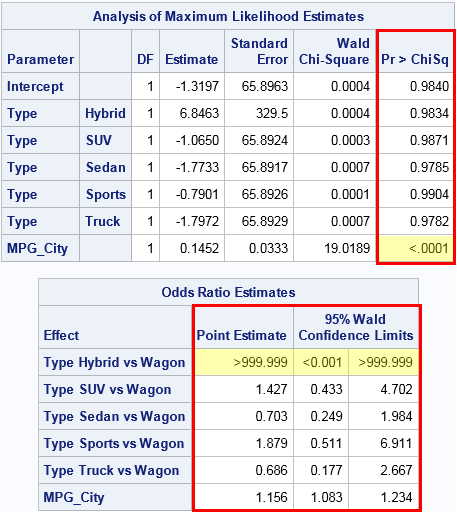



Formats For P Values And Odds Ratios In Sas The Do Loop
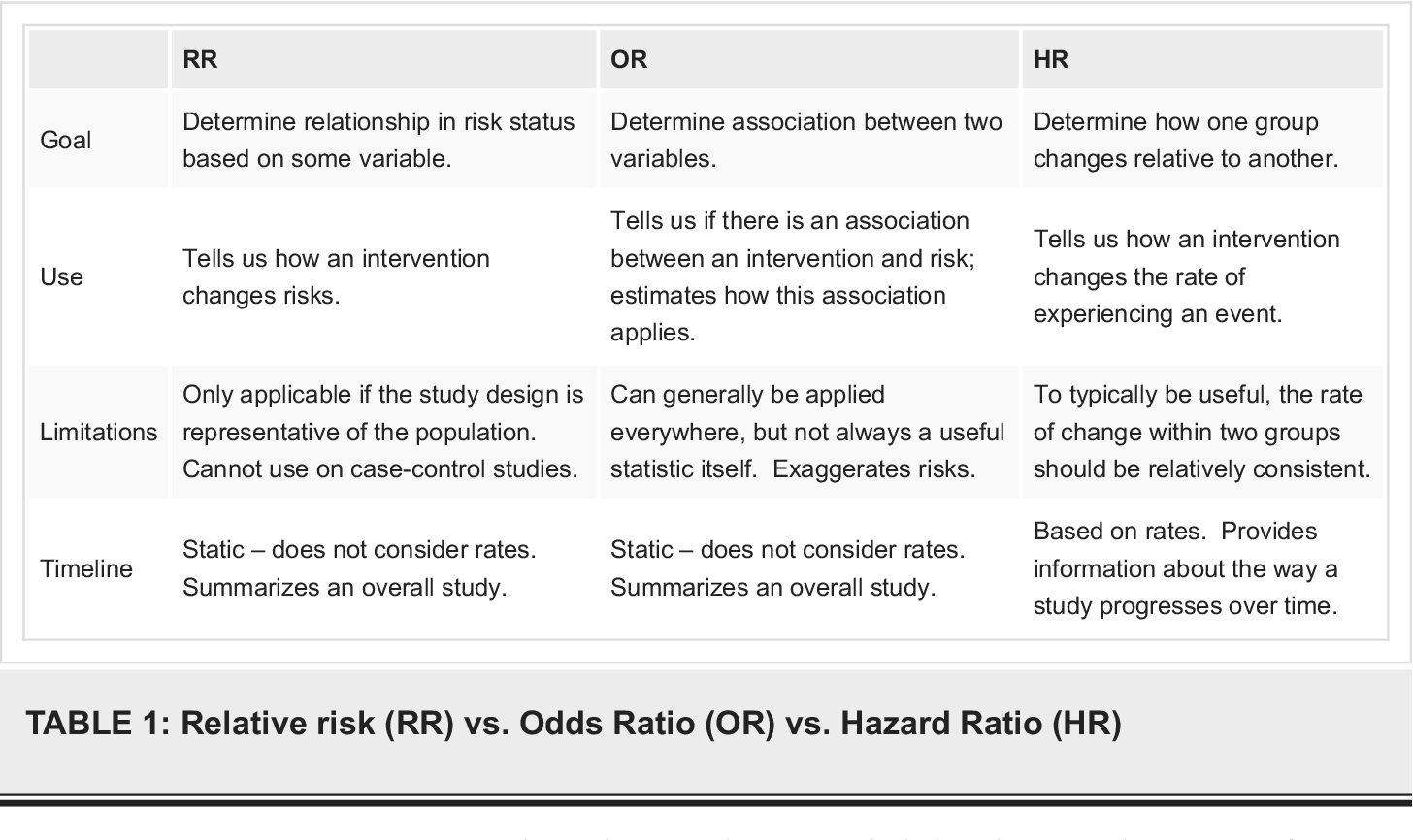



Pdf What S The Risk Differentiating Risk Ratios Odds Ratios And Hazard Ratios Semantic Scholar




Kevin Whelan If You Re Struggling With Odds Ratios Relative Risks Standardised Mean Differences And Number Needed To Treat And The Associated Alphabet Soup Or Rr Smd Nnt Then This Paper




The Odds Ratios Ors Mean Difference Md With 95 Confidence Download Scientific Diagram




Figure 6 Random Effects Model Meta Analysis Of Relative Odds Ratio Of Icd Vs No Icd For Arrhythmic Death Between Women And Men Assessment On Implantable Defibrillators And The Evidence For Primary
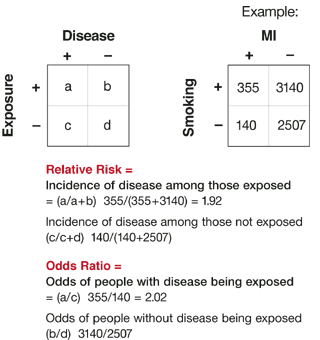



Relative Risks And Odds Ratios What S The Difference Mdedge Family Medicine




Relative Risk Versus Odds Ratio Usmle Biostatistics 4 Youtube




Cohort Specific And Meta Analysis Pooled Odds Ratios Ors Of Download Scientific Diagram




Odds Ratios And Log Odds Ratios Clearly Explained Youtube
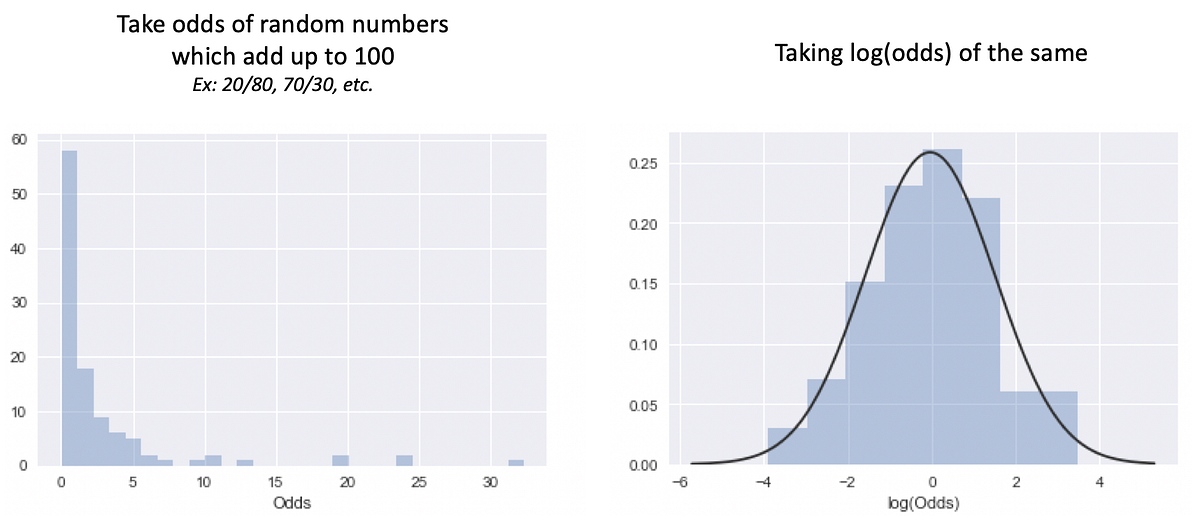



What And Why Of Log Odds What Are Log Odds And Why Are They By Piyush Agarwal Towards Data Science



Polygenic Risk Scores Odds Ratios Vs Beta Coefficients Bioinformatics




Math Formula To Reproduce A Plot Comparing Relative Risk To Odds Ratios Cross Validated




Probability Odds Odds Ratio Youtube
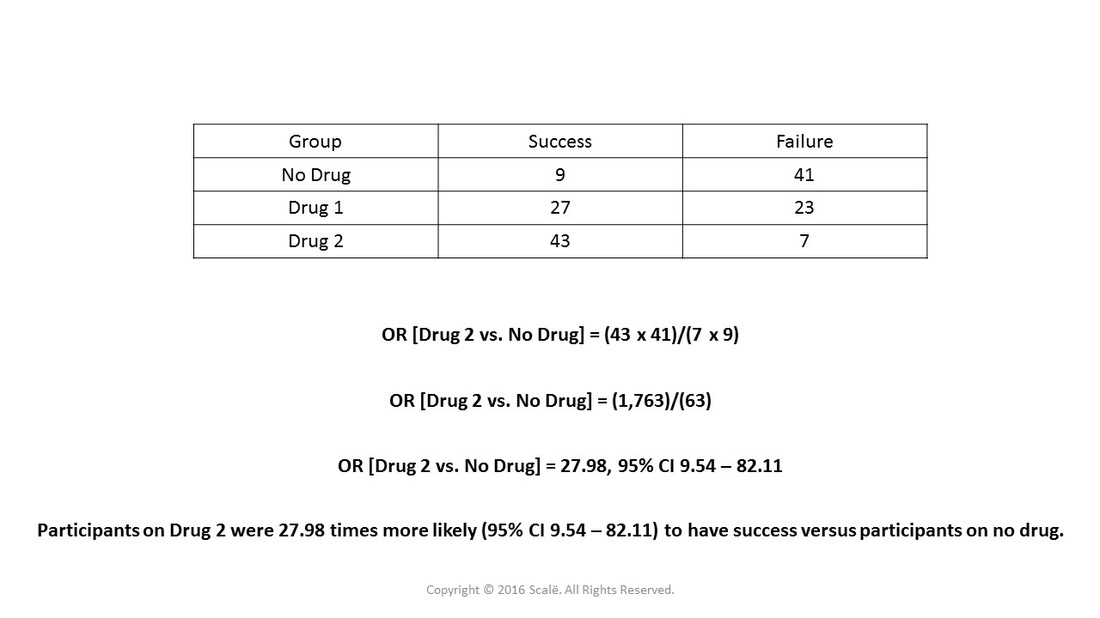



Use And Interpret Unadjusted Odds Ratio In Spss



Plos One Variability In The Effect Of 5 Httlpr On Depression In A Large European Population The Role Of Age Symptom Profile Type And Intensity Of Life Stressors




Math Formula To Reproduce A Plot Comparing Relative Risk To Odds Ratios Cross Validated




Odds Vs Probabilities Odds Ratio In Spss Exp B Is An Odds Rather Than A Probability Odds Success Failure Probability Likelihood Of Success For Ppt Download




Odds Ratios For The Predictor Variables Odds Ratios Are Calculated Download Scientific Diagram




Odds Ratios Versus Relative Risk



1




Pdf When To Use The Odds Ratio Or The Relative Risk Semantic Scholar




Relative Risk And Odds Ratio




Moving Beyond Odds Ratios Estimating And Presenting Absolute



Relative Risk Ratios And Odds Ratios
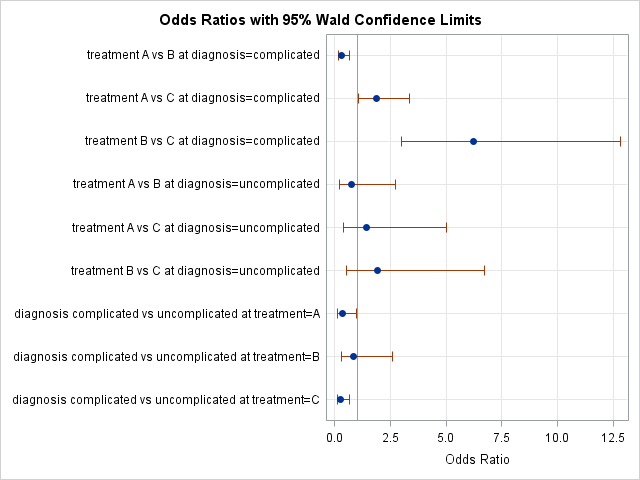



Odds Ratio Plots With A Logarithmic Scale In Sas The Do Loop




Diagnostic Odds Ratio Wikipedia



Confluence Mobile Wiki Ucsf
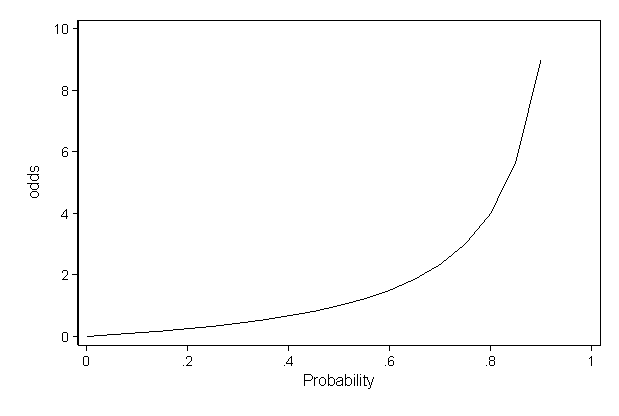



Faq How Do I Interpret Odds Ratios In Logistic Regression



What Is The Difference Between The Risk Ratio Rr And The Odds Ratio Or Quora




Odds Ratios The Odd One Out Stats By Slough



1



Understanding Odds Ratio In Medical Risk Analysis
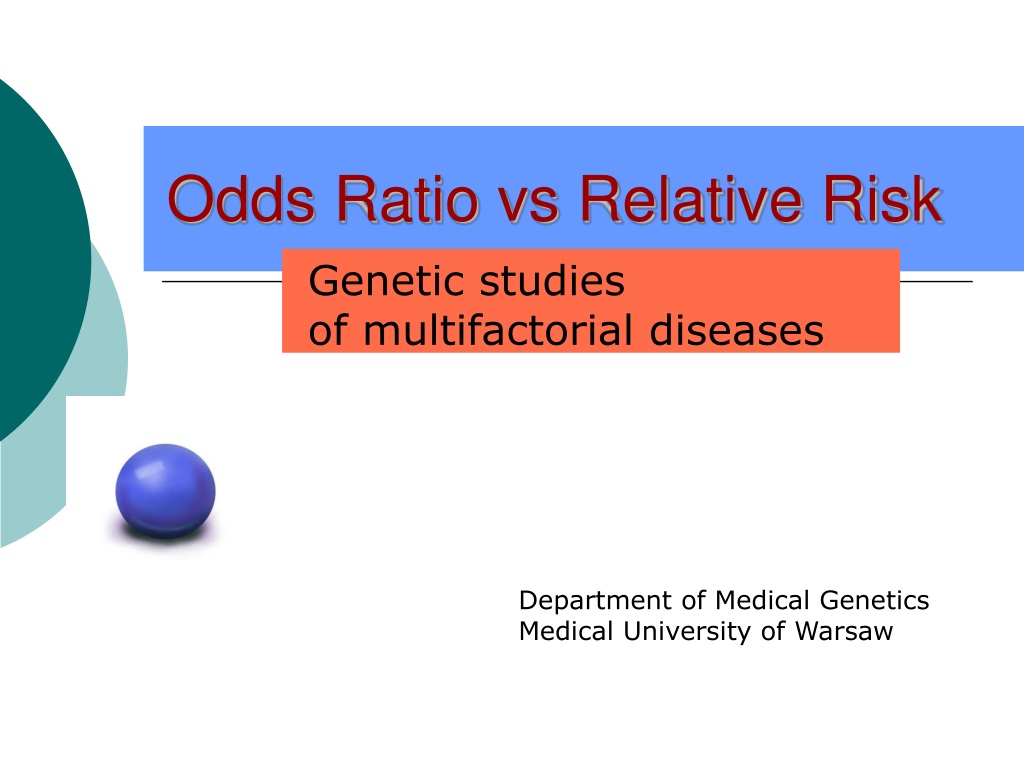



Ppt Odds Ratio Vs Relative Risk Powerpoint Presentation Free Download Id
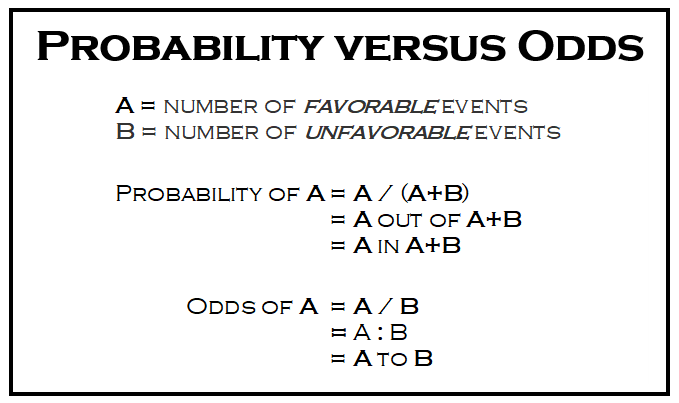



What Are The Odds Stats With Cats Blog
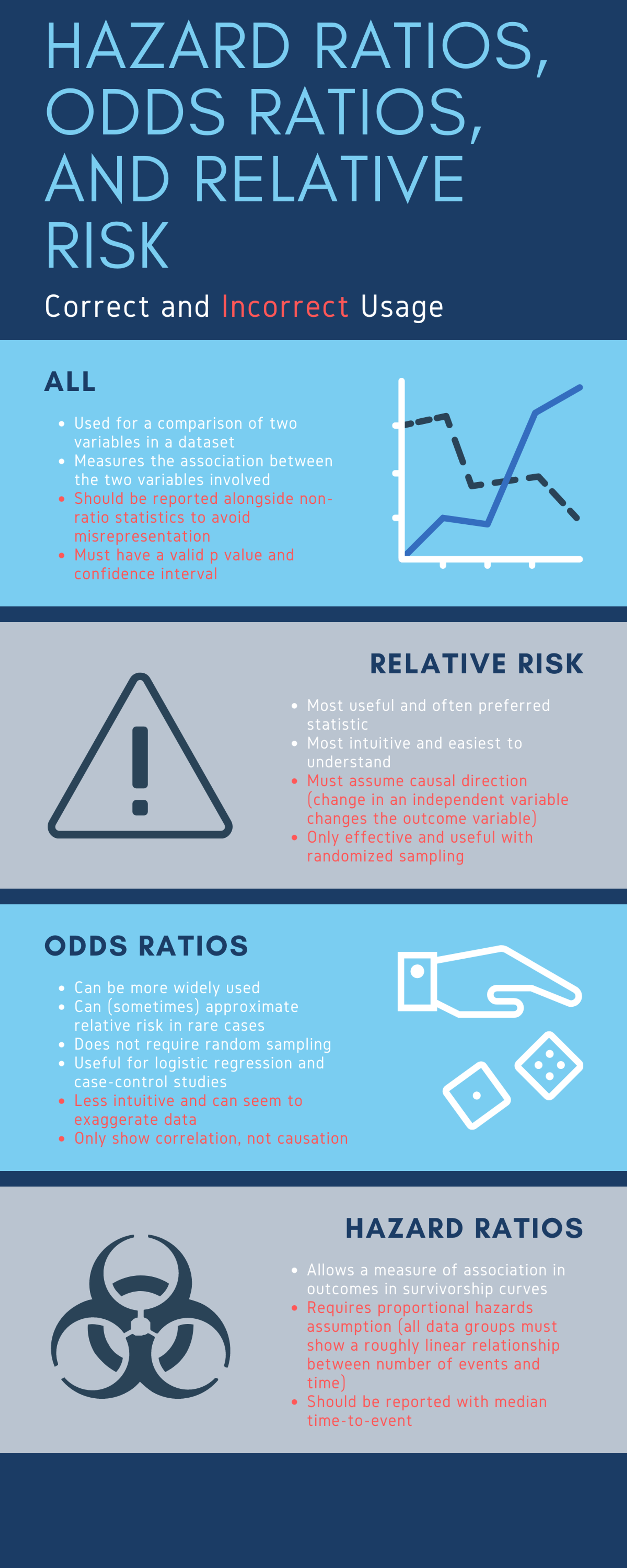



Cureus What S The Risk Differentiating Risk Ratios Odds Ratios And Hazard Ratios




A Most Odd Ratio Interpreting And Describing Odds Ratios Abstract Europe Pmc
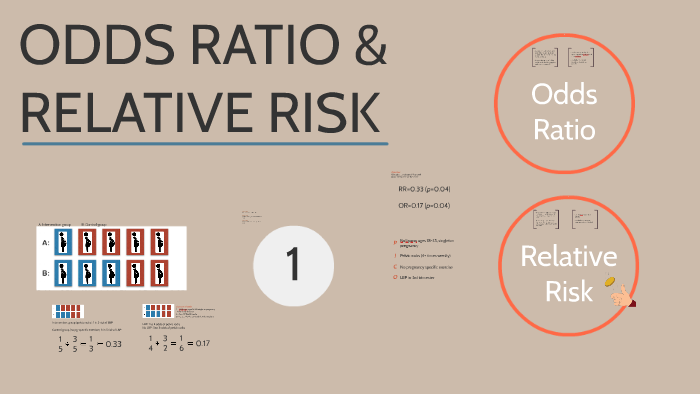



Odds Ratio Relative Risk By Susi Delaney




Relative Risk Odds Ratios Youtube
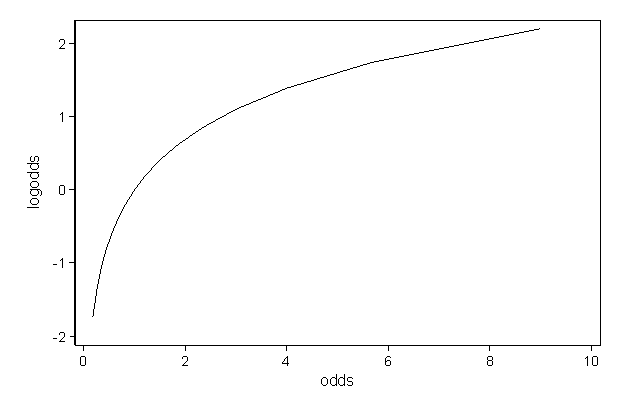



Faq How Do I Interpret Odds Ratios In Logistic Regression




The Difference Between Relative Risk And Odds Ratios The Analysis Factor




The Odds Ratio Calculation Usage And Interpretation Biochemia Medica




Relative Risk Vs Odds Ratio On The Backpack And Back Pain Study Massage Fitness Magazine




Measuring Association Using Odds Ratios R Bloggers



What Is A Pooled Odds Ratio Quora
:max_bytes(150000):strip_icc()/dotdash_Final_The_Math_Behind_Betting_Odds_and_Gambling_Nov_2020-01-735accb453c8424b9e063c2c14e4edf4.jpg)



The Math Behind Betting Odds Gambling
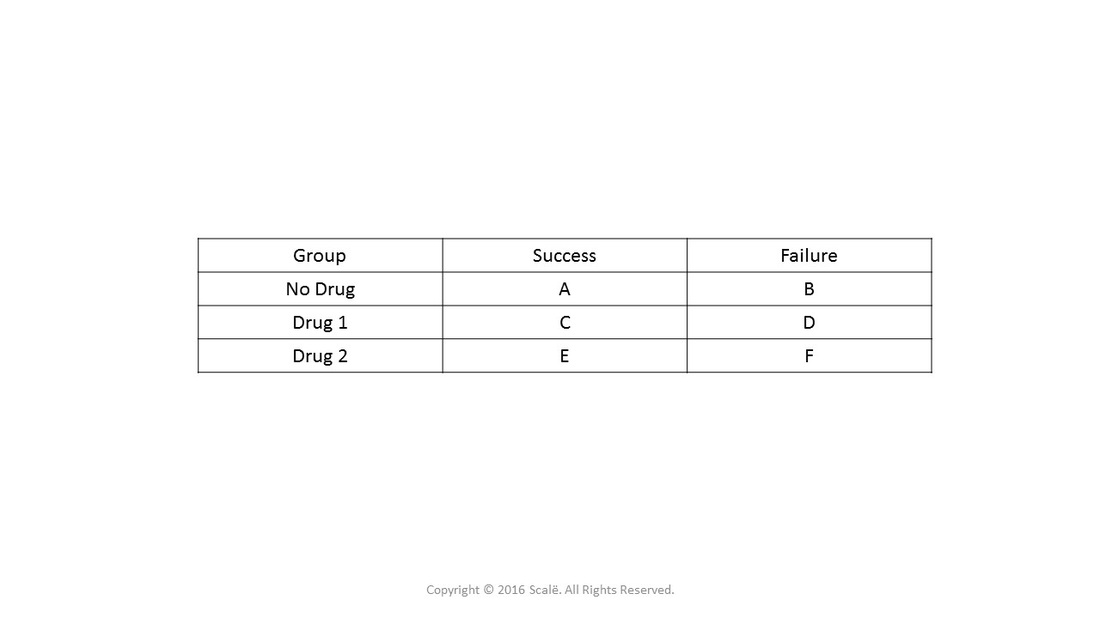



Use And Interpret Unadjusted Odds Ratio In Spss



Ctspedia Ctspedia Oddsterm
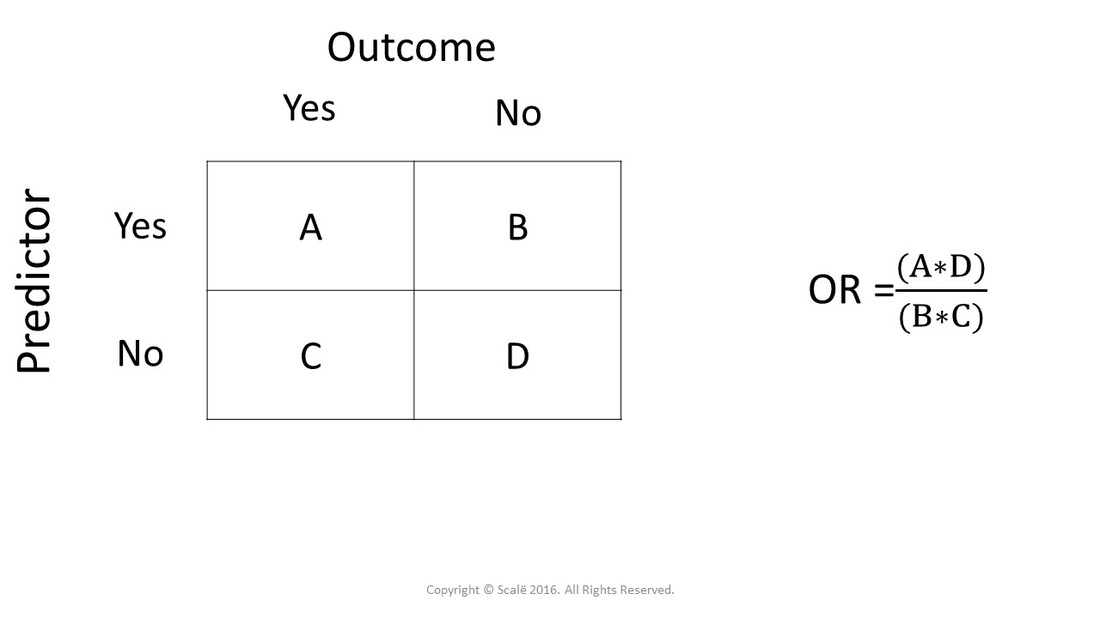



Calculate Odds Ratio With 95 Confidence Intervals




Odds Ratio The Odds Ratio Is Used To Find The By Analyttica Datalab Medium




Definition And Calculation Of Odds Ratio Relative Risk Stomp On Step1




Odds Ratio Wikipedia




Plotting Odds Ratio Vs Continuous Variable In Stata Stack Overflow




The Diagnostic Odds Ratio A Single Indicator Of Test Performance Journal Of Clinical Epidemiology
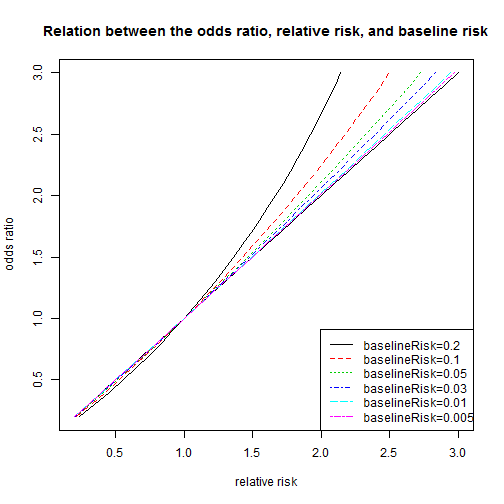



Relation Between The Odds Ratio Relative Risk And Baseline Risk



Risk Ratio Vs Odds Ratio Hunter 19 Notes And Things



Attributable Risk Formula
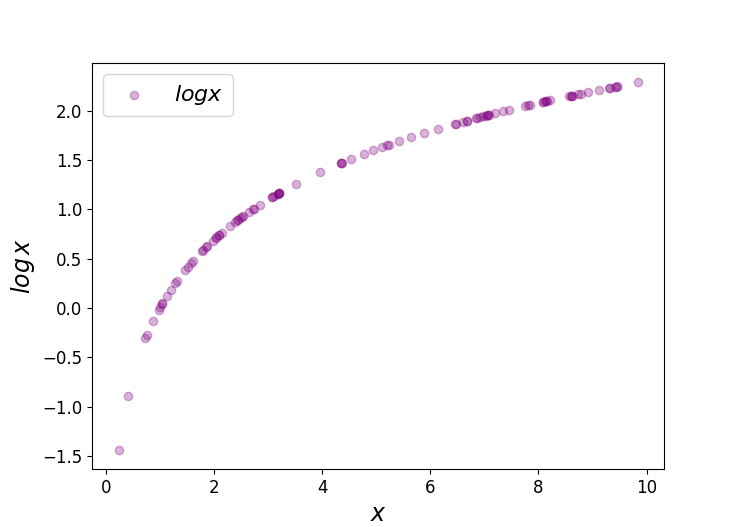



Logit Of Logistic Regression Understanding The Fundamentals By Saptashwa Bhattacharyya Towards Data Science




What Is An Odds Ratio And How Do I Interpret It Critical Appraisal



Relative Risk Vs Odds Ratio Authorstream




Interpreting Odds Ratio Senguptas Research Academy




Odds Ratios And Log Odds Ratios Clearly Explained Youtube
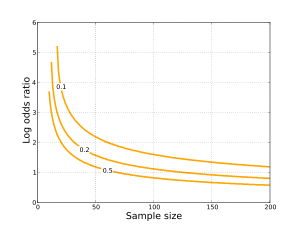



Odds Ratio Wikipedia



Interpretation Of Odds Ratio And Fisher S Exact Test By Sergen Cansiz Towards Data Science



0 件のコメント:
コメントを投稿